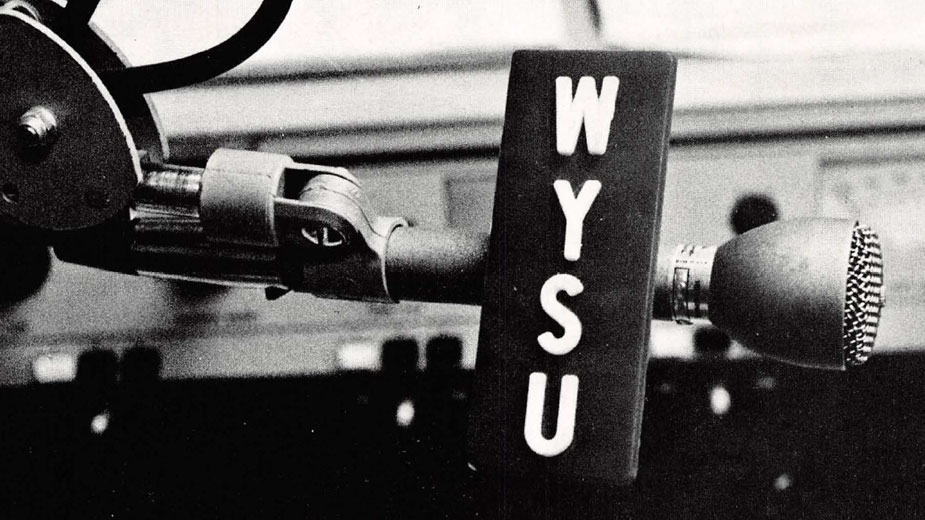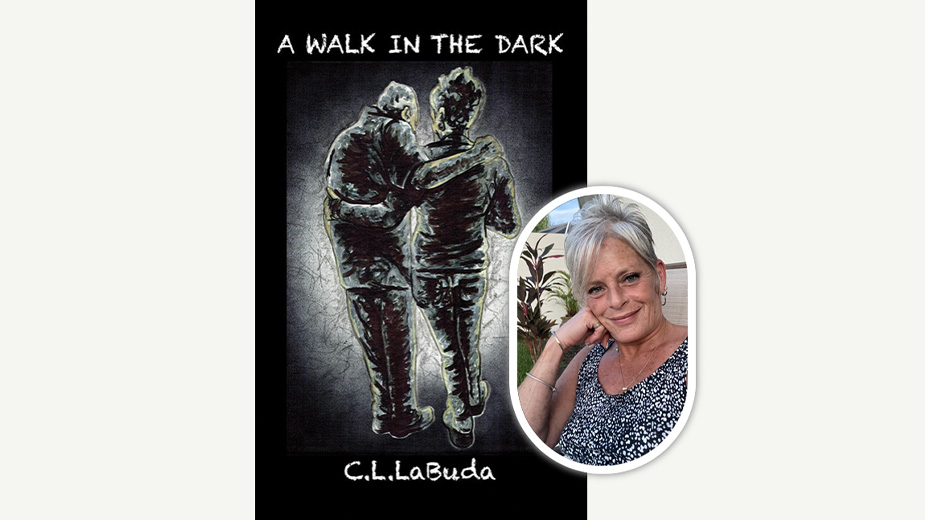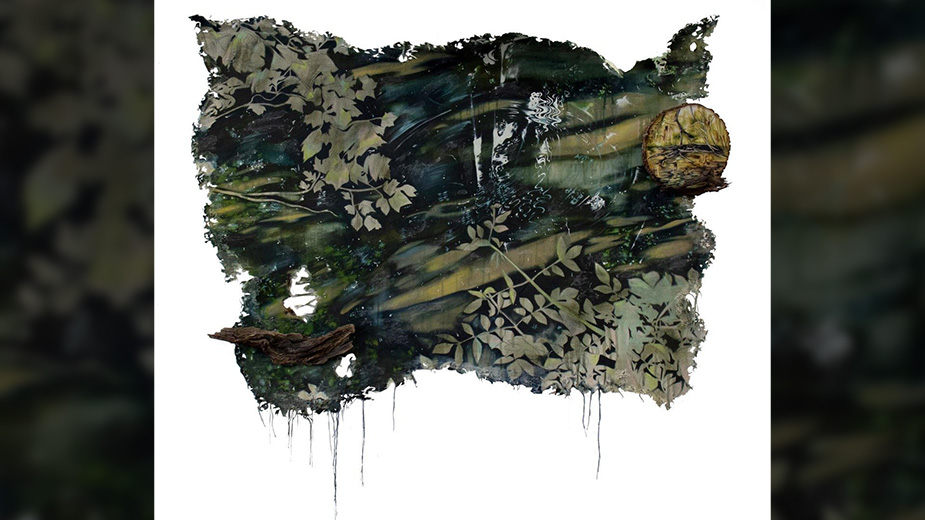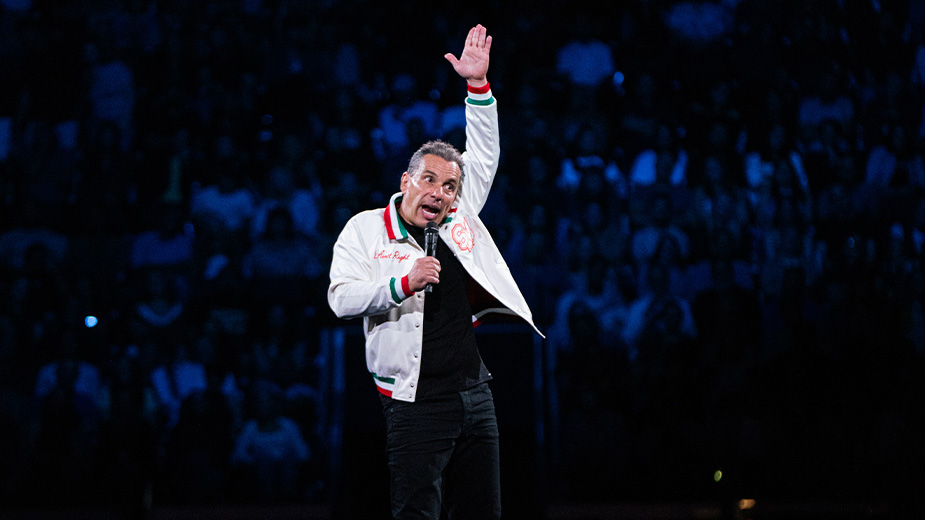50 Years of Music, News and Culture at WYSU
YOUNGSTOWN – It was at 10 a.m. on Oct. 23, 1969, when the city’s first fine arts radio station took to the airwaves.
Since then, WYSU-88.5 FM has logged a half-century as a community ambassador for Youngstown State University, a beacon of learning and the only area broadcaster devoted to classical music and jazz.
The station is marking its 50th anniversary this month with a series of free events and a lot of pride. Ed Goist, coordinator for the station, says WYSU has been a constant in the area’s media scene.
“In this time of media upheaval in the Youngstown area, 50 years of public radio service and being a charter affiliate of National Public Radio is something we can really hang our hat on,” he says.
The Youngstown radio scene is dominated by national chains that share talent and programming across markets. By contrast, WYSU’s handful of on-air personalities still maintain local control, creating and compiling their own playlists for each day’s programming.
The station maintains an ever-growing library of CDs; to date it has 9,000 classical albums and 3,000 jazz. Each host selects the music for every program, and an assistant hunts down the works and makes digital copies to ensure a smooth broadcast.
“For any one piece of music, we might have 20 choices,” says Goist, explaining the host might want the piece from a certain era, orchestra or conductor.
Gary Sexton, director of broadcasting at the station, hosts the weekday morning show, which airs after NPR morning news. He took over the time slot from the late Barbara Krauss, who died unexpectedly in February.
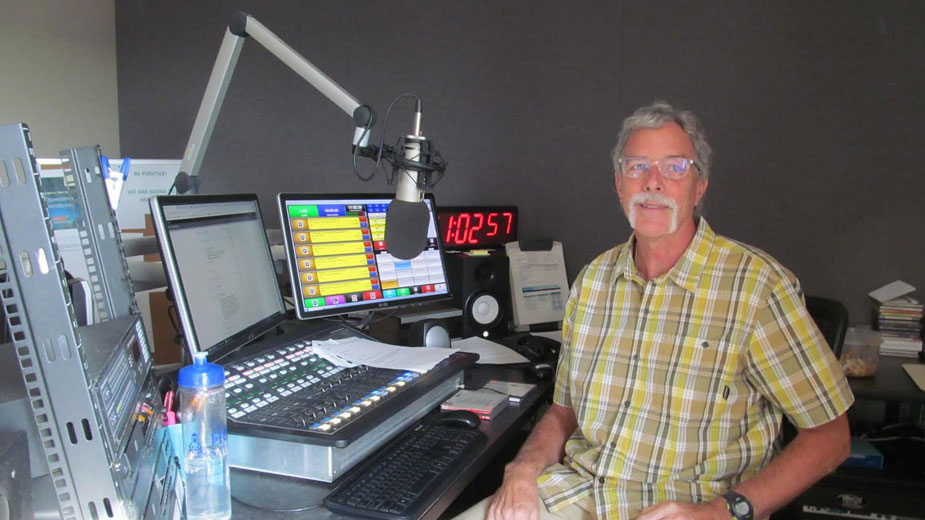
Krauss, who worked at the station for 30 years, was not only the most recognized voice at WYSU but also coordinated annual tours abroad.
“For many years, almost 20, we’ve been sponsoring group tours around the world and Barb was our leader,” Goist says.
The tours are part of WYSU’s mission of lifelong learning and community outreach, he says. Ana Torres, co-executive director of Maag Library at YSU, took over the tour after Krauss’ death. She led a trip to Spain and Portugal earlier this year, and will lead a tour to Italy and Greece in 2020.
Torres, who had assisted Krauss as co-coordinator on several trips, offered to take over the duty. She had split tour-guide duties with Krauss on past WYSU trips to Peru, Scandinavia and France.
This year’s tour to Spain and Portugal attracted about 70 participants, and Torres says Krauss was there in spirit.
“We did a toast in her name,” she says.
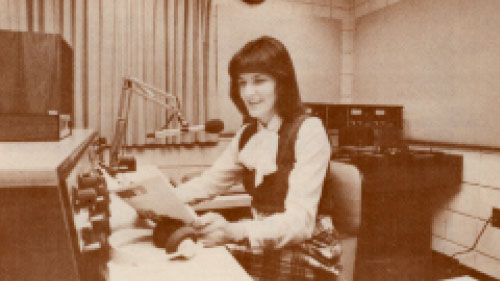
A native of Peru, Torres says the trips are worry-free.
“Everything is planned out, from the airplane tickets and all connections, to the hotels and the itinerary,” she says. “We leave some free time each day, and we customize the stops according to the group. We have an idea of their personal interests.”
While the tours create lasting memories, WYSU connects with the majority of its more than 30,000 weekly listeners over the airwaves. This includes offering local news in partnership with The Business Journal and other media and features on local newsmakers, hosted by contributor Gina Marinelli and YSU professor Tim Francisco.
It also brings NPR news analysts to town for lectures. Scott Simon and the late Cokie Roberts were visitors in the last two years. On Nov. 7, NPR anchor Korva Coleman will present a free lecture and conversation at St. John’s Episcopal Church on Wick Avenue.
With only six full-time employees and one part-timer, and an annual budget that approaches $1 million, WYSU is not a large operation. Still, it has stayed ahead of the curve when it comes to serving its listeners.
“We regularly continue to update our technology,” says Goist. “We were one of the first stations to go to high-definition radio and we were also early in online streaming.”
The station streams its broadcast programming, and a separate all-classical music feed, on its website, WYSU.org.
Half of the station’s funding comes from YSU, with the other half split among sponsors and underwriting companies, grants from the state and the Corporation for Public Broadcasting and almost 2,000 private station members, says Goist.
When it first took to the airwaves, WYSU found its home in the former Valley Park Motel on Wick Avenue, before moving to the basement of Cushwa Hall in 1976. In 2016, the station moved to its current location on the second-floor of then newly renovated Melnick Hall, on Wick Avenue.
It broadcast 12 hours a day when it first started, expanding to 18 hours a day in 1974, and then 24 hours in 1980. A 50,000-watt transmitter went online in 1991, relaying its feed to an antenna mounted 250 feet high on WKBN-TV’s 1,400-foot tower in Boardman.
The station expanded its reach in 1993 by adding a translator that broadcasts its signal in Ashtabula at 90.1 FM. It added another translator in 1995 to broadcast in the New Wilmington, Pa., area at 89.9 FM.
WYSU’s digital evolution began in 1996, when it added editing equipment and automated the station’s overnight programming.
It began broadcasting in high definition in 2007 and added its all-classical stream the following year. In 2011, WYSU-FM installed a new antenna that widened its broadcast area to firmly reach Youngstown’s suburbs and beyond, and also introduced its mobile app.
To celebrate its 50th anniversary, WYSU has scheduled several free events:
Oct. 18: A 7 p.m. concert by Burning River Baroque at St. John’s Episcopal Church, 323 Wick Ave., Youngstown.
Oct. 20: Anniversary celebration, 2-5 p.m. at Davis Center auditorium, Fellows Riverside Gardens, 123 McKinley Ave, with live music.
Nov. 7: Lecture by NPR’s Korva Coleman, 7 p.m., at St. John’s Episcopal Church on Wick Avenue.
Nov. 17: A presentation of the show “50th Anniversaries: WYSU-FM, The Moon Walk and the Ward Beecher Planetarium” at 2 p.m. at Beecher Planetarium, on the YSU campus. This special show looks at these institutions and events that are celebrating their 50th anniversary.
Copyright 2024 The Business Journal, Youngstown, Ohio.
